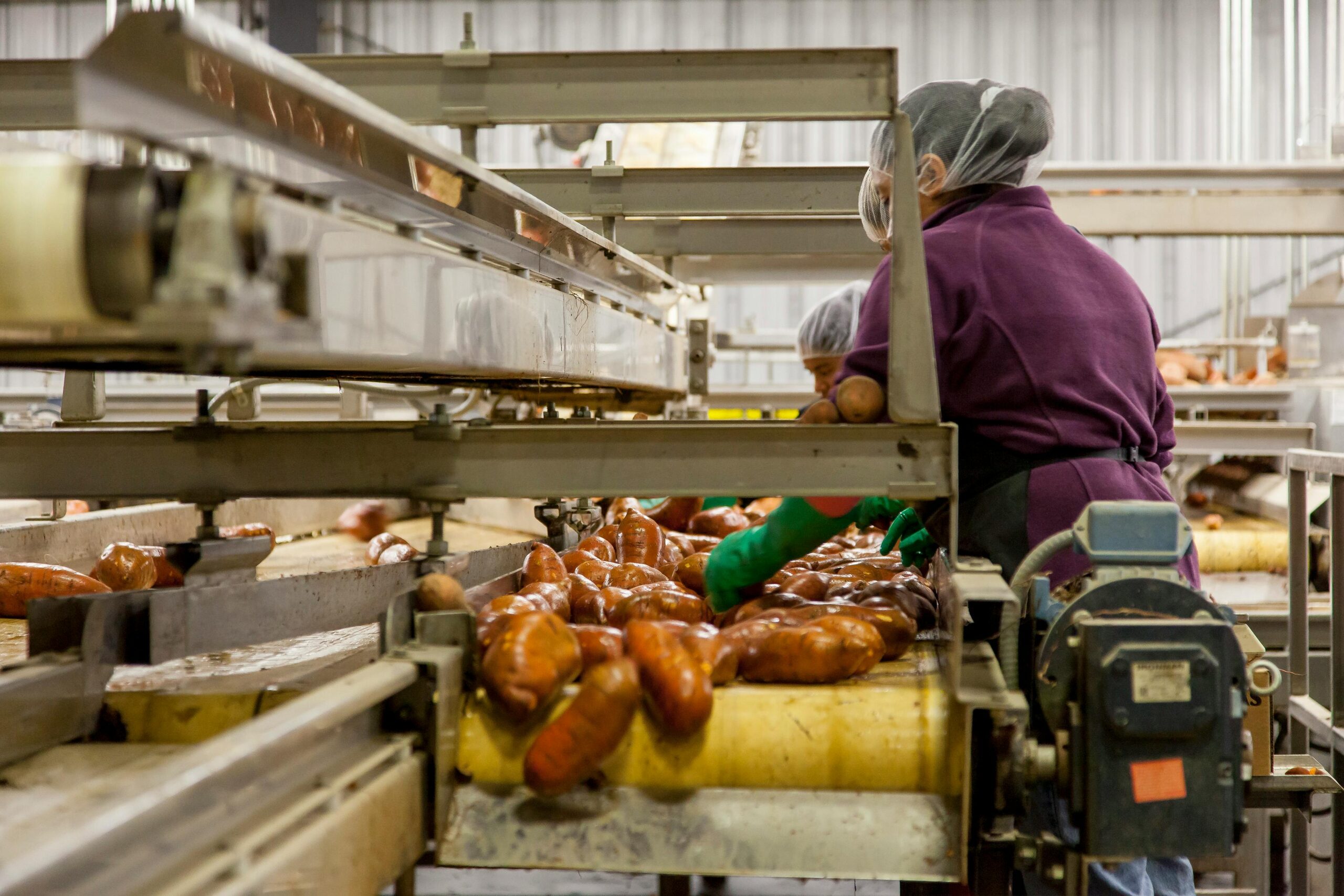Evaluating the Impact of the “Recuperemos el Empleo Formal” Subsidy in Peru
August 25, 2025
MIDE Development

At MIDE Development, we conducted the impact evaluation of the “Let’s Recover Formal Employment” (REF) program, implemented by the Government of Peru to mitigate the economic effects of the COVID-19 pandemic and promote the recovery of formal employment.
Commissioned by the Inter-American Development Bank (IDB), the study analyzes the effectiveness of the payroll subsidy in retaining and creating formal jobs, as well as its differential impact by company size and worker characteristics. The results show that REF had positive effects on formal employment and the continuity of employment relationships, although with significant variations across segments.
Objectives
The evaluation aimed to assess the extent to which the REF subsidy contributed to:
Maintaining existing formal jobs.
Promoting new hires in the formal sector.
Analyzing differentiated effects by gender, age, wage level, and company size.
It also sought to identify lessons for the design of future employment subsidy policies.
Methodology
A quasi-experimental design was applied using administrative payroll records (2019–2022):
Beneficiaries and non-beneficiaries were identified based on REF eligibility criteria.
A difference-in-differences method was used to estimate the impact on formal employment, controlling for pre-existing trends.
Heterogeneity analyses were conducted by worker and company characteristics.
Key findings
Total formal employment: REF increased the likelihood of maintaining a formal job in beneficiary firms compared to non-beneficiaries, with more pronounced improvements in small and medium-sized enterprises.
New hires: The subsidy stimulated the creation of new formal jobs, although to a lesser extent than the retention of existing positions.
Differentiated impact: Greater benefits were observed for women and young workers—groups most affected by job losses during the pandemic. In large companies, the effect was more limited, as many already had the capacity to retain staff.
Employment sustainability: Positive effects were concentrated in the months immediately following the implementation of the subsidy, gradually diminishing over time.
Lessons and recommendations
Targeted design: Direct subsidies primarily to companies with lower shock absorption capacity, such as MSMEs.
Conditionality: Link the subsidy to minimum retention commitments to prolong its impact.
Inclusive approach: Incorporate criteria that prioritize more vulnerable groups in the labor market, such as women and young people.
Ongoing evaluation: Implement monitoring mechanisms to adjust the policy in real time.
The “Let’s Recover Formal Employment” program significantly contributed to protecting formal jobs at a critical time for the Peruvian economy. However, its long-term sustainability requires a more targeted design and incentives that encourage job retention beyond the subsidy period. At MIDE Development, we reaffirm the importance of basing public policies on rigorous evidence to maximize their effectiveness and equity.



